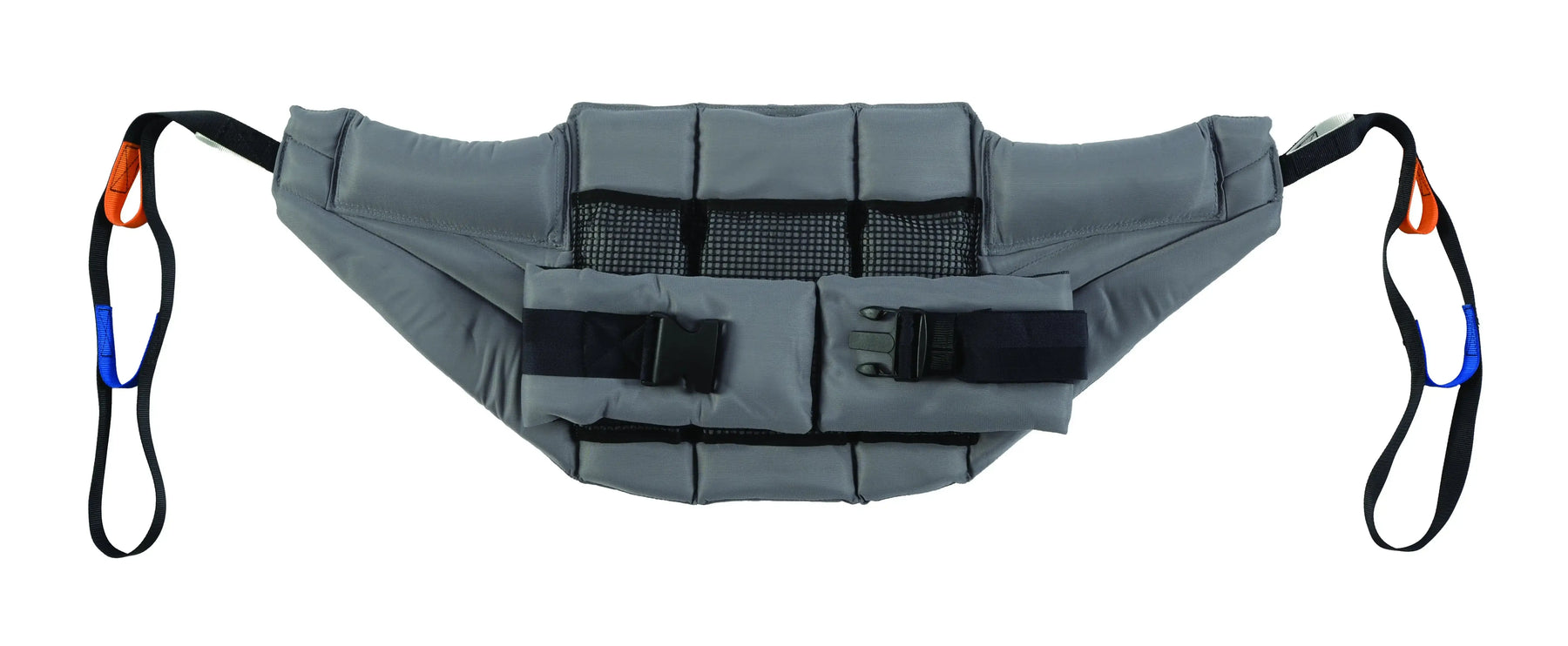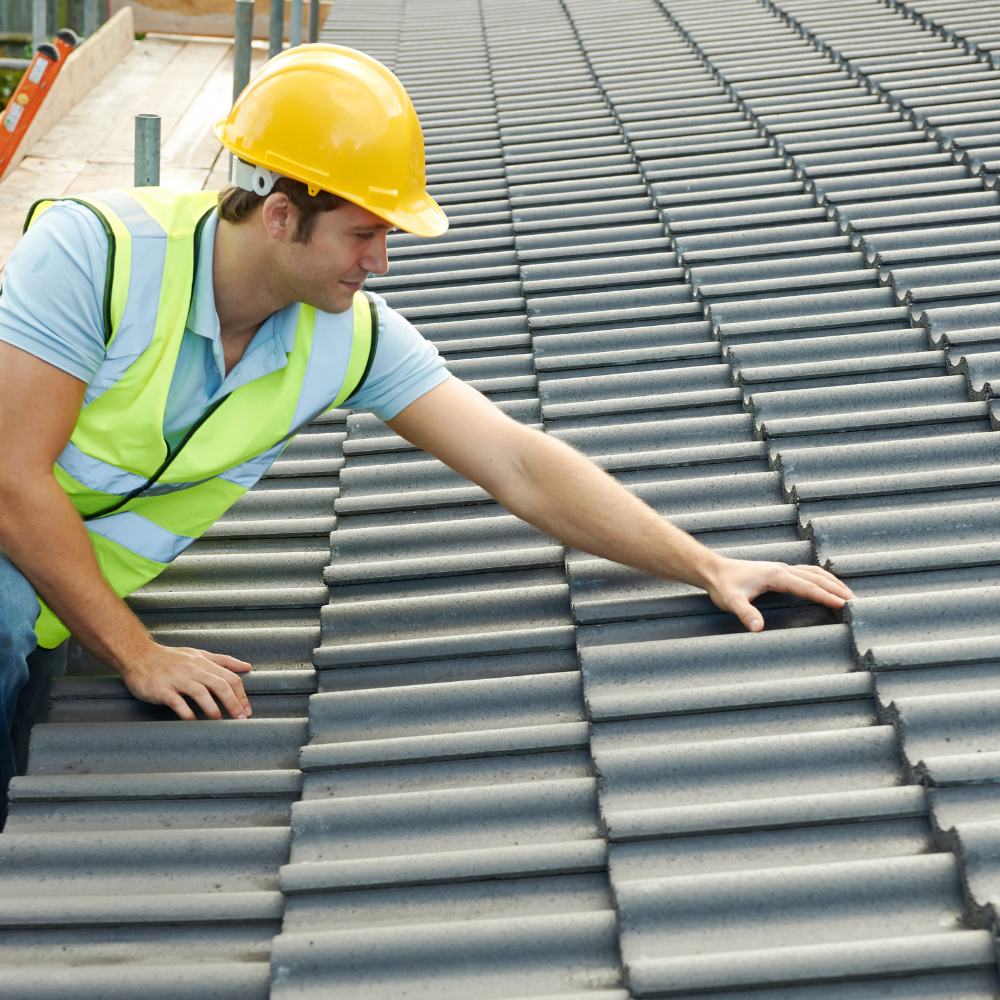The Worldwide Fight Against Human Trafficking: A Contact Us To Activity
Human trafficking is among the most perilous kinds of modern slavery, impacting numerous people worldwide. Specified as the illegal trade of humans for exploitation, including compelled labor, sex-related slavery, or commercial sex-related exploitation, human trafficking goes against the basic rights of individuals and burglarizes them of their freedom. This worldwide situation victimize vulnerable populaces and persists in virtually every country, making the battle against human trafficking a top concern for federal governments, non-governmental organizations (NGOs), and worried residents alike.
The Scope of Human Trafficking
Human trafficking is a $150 billion industry worldwide, with greater than 24.9 million sufferers trapped effective labor or sexual exploitation. According to the International Labour Company (ILO), nearly 5 million people are victims of forced sex-related exploitation, while another 16 million are trafficked for forced labor in industries like agriculture, construction, domestic work, and production. Amazingly, concerning one in 4 sufferers of human trafficking are children, a number of whom are pushed into child labor or used in the sex trade.
Victims of human trafficking come from a selection of histories, but they commonly share usual features that make them a lot more vulnerable to exploitation. Hardship, lack of education, political instability, and discrimination can press individuals toward traffickers that promise far better chances, only to manipulate them. Traffickers utilize numerous techniques to hire targets, including deceptiveness, coercion, or outright abduction. As soon as trafficked, sufferers are often crossed boundaries, making it harder for authorities to track and save them.
Initiatives to Battle Person Trafficking
The battle against human trafficking is diverse, calling for coordinated efforts at both national and global levels. Federal governments, law enforcement, NGOs, and civilians all play crucial roles in eliminating this global trouble.
1. Legal Frameworks.
One of the most important action in fighting human trafficking is the establishment of solid legal structures. International agreements, such as the United Nations’ Palermo Protocol, provide standards for federal governments to take on detailed anti-trafficking regulations. Numerous nations have actually passed legislation that criminalizes human trafficking, enforces extreme fines on traffickers, and offers protection and solutions for targets.
In the united state, the Trafficking Sufferers Protection Act (TVPA) of 2000 was a landmark item of regulation that established a thorough strategy to deal with human trafficking. It concentrated on prevention, security for targets, and prosecution of traffickers. The TVPA likewise created a framework for checking human trafficking in various other countries and using polite pressure on nations that fall short to resolve the issue.
2. Law Enforcement and Prosecution
Police all over the world are entrusted with identifying and taking down human trafficking networks. This frequently involves functioning carefully with international companies like INTERPOL or the U.S. Department of Homeland Safety and security’s Blue Campaign, which concentrates on elevating public awareness and providing training to police personnel on exactly how to identify trafficking targets.
While police efforts are necessary, prosecuting traffickers can be an obstacle as a result of the deceptive nature of trafficking networks and the truth that numerous targets are hesitant ahead onward due to be afraid of revenge. Numerous nations are functioning to enhance sufferer recognition and witness defense programs to make it simpler for survivors to testify against their traffickers without anxiety of injury.
3. Rescue and Recovery.
Targets of human trafficking usually struggle with extreme physical, psychological, and emotional injury. Therefore, one of the crucial facets of combating human trafficking is supplying saved individuals with the required assistance to reintegrate into society. Sanctuaries, treatment, lawful aid, and trade training are all part of the recovery process. Organizations like Polaris and the International Rescue Committee supply sources to aid trafficking survivors reconstruct their lives.
Several NGOs work very closely with law enforcement to determine trafficking targets and provide support solutions. Safe houses, emergency shelters, and legal aid are crucial for helping survivors escape their traffickers and prevent being re-trafficked.
4. Raising Recognition and Education.
Raising recognition about the truths of human trafficking is a crucial element of avoidance. Many individuals are uninformed of just how common trafficking remains in their own areas. Public education projects, such as the “End It Motion” or Safe House Job’s training programs, are aimed at raising awareness, informing the public, and encouraging people to identify indications of trafficking.
Educational efforts are not only targeted at the general public but likewise target markets that are often manipulated by traffickers, such as the hospitality, transport, and agriculture industries. Training workers in these markets to identify potential trafficking situations can substantially enhance the opportunities of rescuing victims.
Innovation’s Duty in Combating Trafficking.
Innovation has actually come to be a progressively essential tool in the fight against human trafficking. On the internet platforms have been utilized by traffickers to exploit victims, but they are also being leveraged by law enforcement and NGOs to track traffickers and rescue sufferers. Huge information, artificial intelligence, and social networks analysis can aid determine trafficking networks, screen dubious task, and predict possible trafficking hotspots.
Organizations like Thorn have actually established cutting-edge innovation to aid recognize youngster sexual abuse material online, while others are utilizing blockchain modern technology to protect supply chains and prevent compelled labor in industries such as mining or farming.
The Relevance of Sufferer Advocacy.
Human trafficking sufferers often encounter lawful and social obstacles when trying to leave their traffickers and reconstruct their lives. Campaigning for groups play a vital role in guaranteeing that sufferers have access to justice, healthcare, and emotional assistance. By advocating for stronger regulations, improved victim solutions, and a lot more extensive rehab programs, these groups help survivors transition from being victims to encouraged individuals.
Campaigning for additionally extends to lobbying governments and organizations to take a more active function in stopping human trafficking. Raised financing for anti-trafficking initiatives, stronger protections for susceptible populaces, and collaborations between public and economic sectors are all vital in the continuous fight.
Verdict.
The international battle against human trafficking is a continuous battle that needs the cooperations of governments, law enforcement, NGOs, and private citizens. While considerable development has been made in the last few years, much work continues to be to be done. Via solid lawful structures, boosted police, increased public recognition, and victim campaigning for, we can relocate more detailed to eliminating this grievous criminal activity and recovering liberty to millions of individuals worldwide.
The journey towards ending human trafficking might be long, but it is a battle worth battling to make certain that no human being is made use of for profit or enjoyment. Together, with collaborated initiatives and continued watchfulness, we can bring an end to modern slavery.



